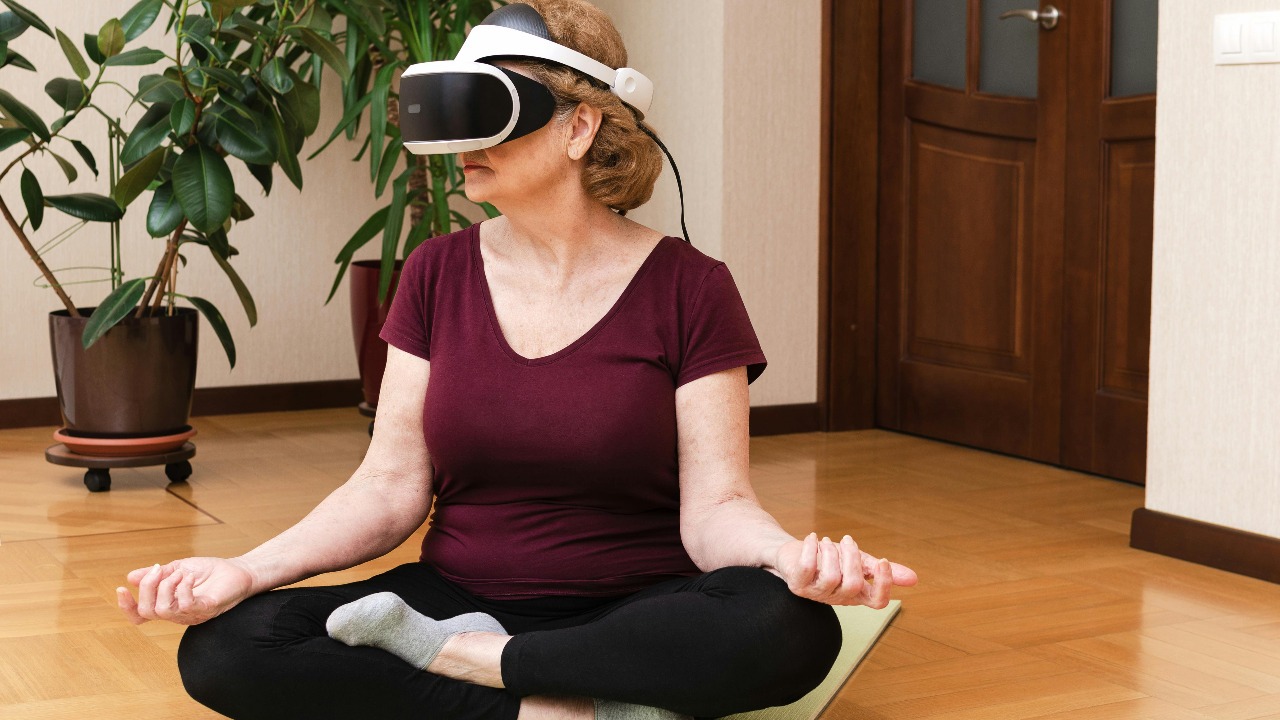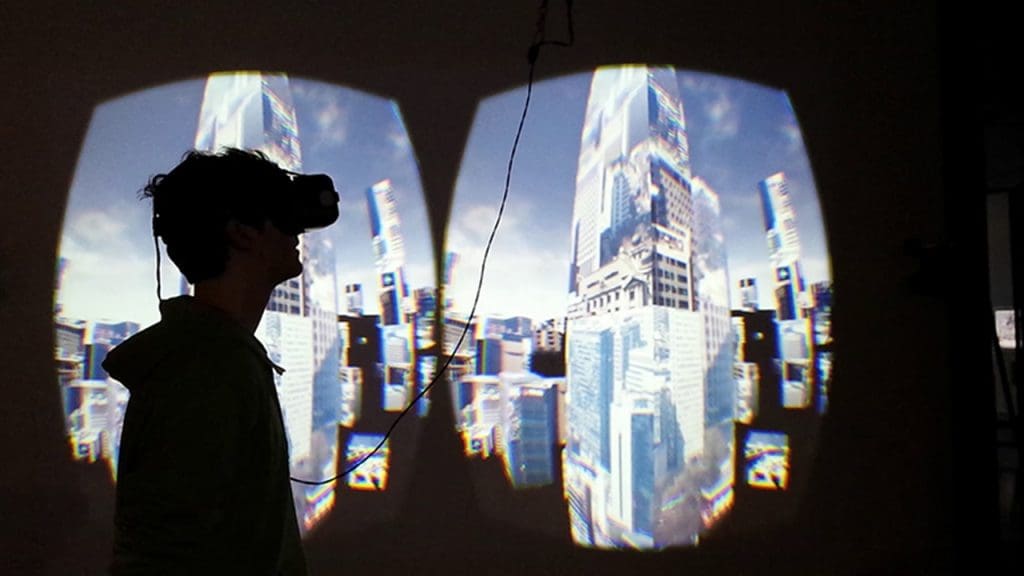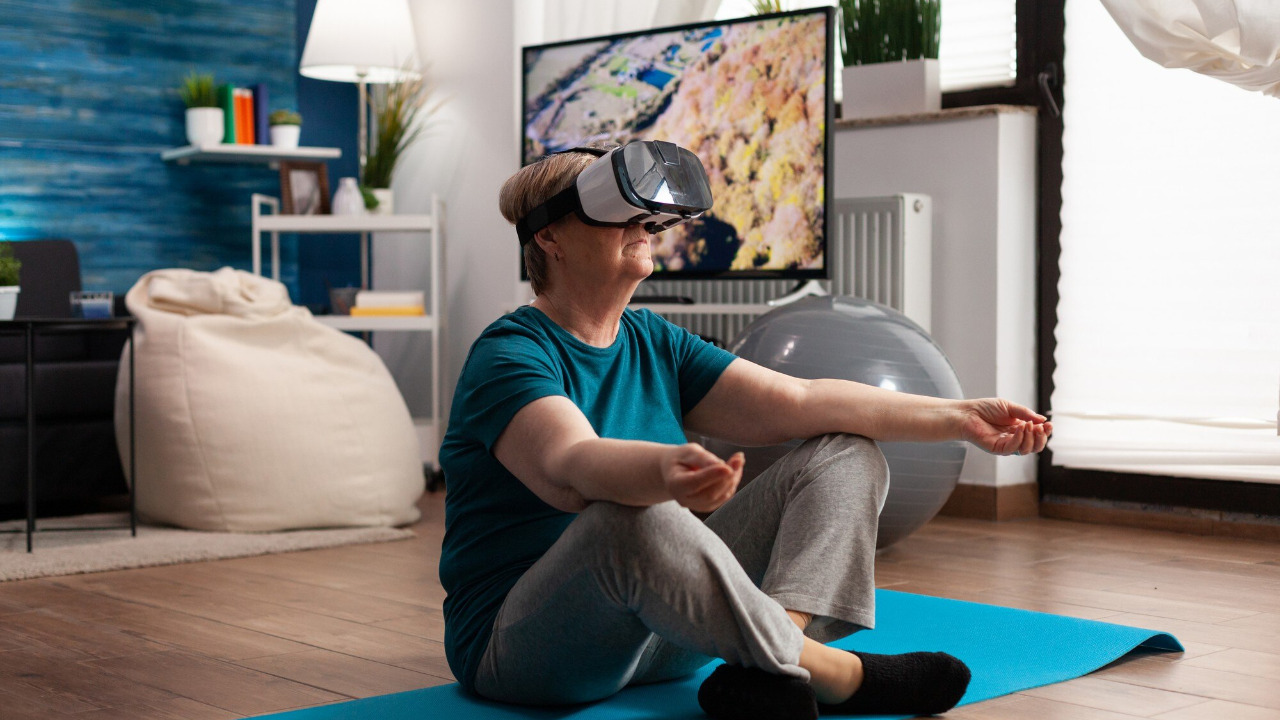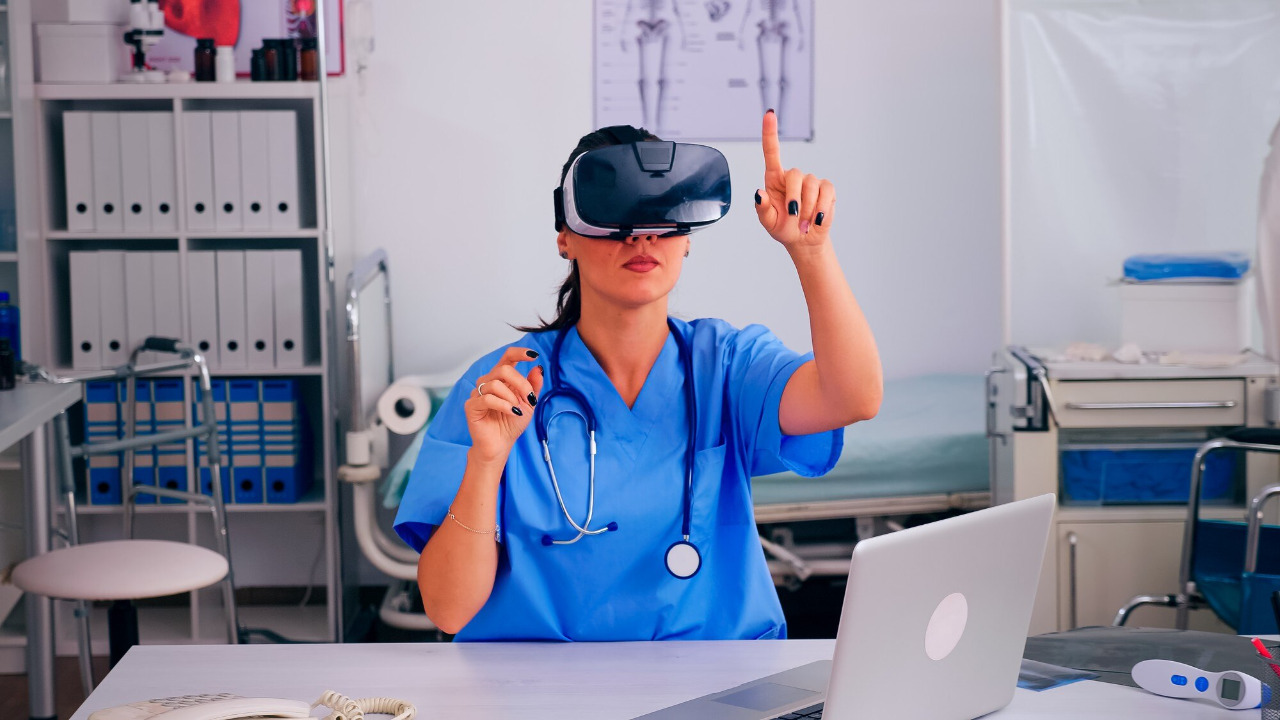
Virtual Reality (VR) is revolutionizing various industries, and mental health treatment is no exception. By offering immersive experiences, VR is providing new ways to assess, understand, and treat mental health issues. The technology is changing the landscape of mental health care with its potential benefits and challenges.
Immersive Therapy Experiences

Exposure Therapy
One of the most effective applications of VR in mental health is its role in exposure therapy. Individuals suffering from phobias, anxiety disorders, or PTSD can greatly benefit from the controlled environments VR offers. Unlike traditional methods, VR allows therapists to recreate scenarios that trigger patients’ fears in a safe and manageable way. This method can be particularly beneficial for those afraid of flying or heights, as VR can simulate these experiences without the need for physical travel or exposure.
For instance, a patient with a fear of flying can be virtually transported into an airplane setting, complete with sounds and visuals that mimic a real flight. This gradual exposure helps in desensitizing patients to their fears, facilitating a step-by-step therapeutic process without leaving the therapy room. The adaptability of VR environments allows therapists to adjust the intensity of the exposure based on the patient’s comfort and progress, making treatment more personalized and effective.
Cognitive Behavioral Therapy (CBT)
Another area where VR is making significant strides is in Cognitive Behavioral Therapy (CBT). VR scenarios provide an interactive and engaging platform for practicing cognitive behavioral strategies. Patients can immerse themselves in realistic situations, practicing how to cope with anxiety or depression in a controlled setting. For instance, a patient dealing with social anxiety may enter a virtual social gathering to practice conversation and social skills without the pressure of a real-world situation.
By offering such immersive experiences, VR helps patients internalize coping mechanisms and strategies more effectively. This not only makes therapy sessions more engaging but also enhances the overall impact of CBT, as patients can experiment with different responses and receive instant feedback in a risk-free environment.
Accessibility and Reach

Remote Treatment Opportunities
The advent of VR has opened up new avenues for remote therapy sessions, especially beneficial for individuals in rural or underserved areas. With internet connectivity and a VR headset, patients can access therapy from the comfort of their homes, eliminating the need for long travel times or waiting lists. This democratization of mental health care ensures that more people can receive timely and effective treatment, regardless of their geographical location.
Moreover, remote VR therapy can be a game-changer for individuals who face mobility challenges or those with severe anxiety that prevents them from leaving their homes. By breaking down geographical and physical barriers, VR is making mental health care more inclusive and accessible than ever before.
Cost-Effectiveness
In addition to improving accessibility, VR therapy offers a cost-effective alternative to traditional therapy methods. By leveraging scalable VR solutions, clinics can reduce overhead costs associated with physical therapy spaces, travel, and logistical arrangements. This reduction in expenses can be passed on to patients, making mental health care more affordable.
Furthermore, VR can facilitate group therapy sessions, where multiple patients can interact in a shared virtual environment. This not only optimizes the therapist’s time but also fosters a sense of community and shared experience among patients, enhancing the therapeutic process.
Enhanced Diagnostic Tools

Data Collection and Analysis
VR systems are equipped with sophisticated sensors that collect extensive data on patients’ responses and behaviors. This data offers therapists valuable insights into a patient’s mental state and progress, enabling more accurate diagnoses and tailored treatment plans. For example, a VR system can track a patient’s eye movements, heart rate, and response time, providing a comprehensive picture of their emotional and physiological reactions during therapy sessions.
These detailed analytics can help therapists identify patterns and triggers that might not be apparent in traditional therapy settings. By leveraging data-driven insights, clinicians can refine their treatment approaches, ensuring that patients receive the most effective care possible.
Customizable Environments
One of the standout features of VR in mental health treatment is the ability to create customizable environments. Therapists can tailor virtual scenarios to meet the specific needs of each patient, allowing for a more personalized therapeutic experience. Whether it’s recreating a familiar setting from a patient’s past or designing a completely new scenario to challenge a patient’s coping skills, the possibilities are virtually limitless.
These tailored environments not only enhance the therapeutic process but also allow clinicians to experiment with different treatment options and monitor their effects in real-time. This flexibility enables a more adaptive and responsive approach to mental health care, catering to the unique needs of each individual.
Challenges and Considerations

Technological Limitations
Despite its promise, VR technology is not without its limitations. The high cost of VR hardware can be a barrier for both clinics and patients, especially in regions with limited resources. Additionally, the technology requires a certain level of technical expertise to set up and operate, which can be a hurdle for therapists unfamiliar with digital tools.
Moreover, there are still ongoing challenges related to the quality and realism of VR experiences. While technology is rapidly advancing, achieving lifelike simulations that accurately replicate real-world scenarios remains a work in progress. These limitations need to be addressed to ensure that VR can reach its full potential in mental health treatment.
Ethical and Privacy Concerns
The use of VR in mental health also raises important ethical and privacy considerations. As VR systems collect and store sensitive data, ensuring the security and confidentiality of patient information is paramount. Therapists and developers must implement robust measures to protect against data breaches and unauthorized access.
Additionally, ethical considerations around consent and the potential for over-reliance on technology in therapy must be carefully navigated. It’s crucial to strike a balance between leveraging VR’s capabilities and maintaining the human element that is essential to effective mental health care.
Future Prospects

Integration with AI
Looking ahead, the integration of artificial intelligence with VR holds exciting possibilities for personalizing and enhancing mental health care. AI algorithms can analyze data collected from VR sessions to identify patterns and suggest tailored interventions. This synergy could lead to more efficient and effective treatment plans, tailored to the unique needs of each patient.
Furthermore, AI-powered virtual therapists could offer additional support, providing patients with guidance and feedback between sessions. This continuous engagement could enhance the therapeutic process, ensuring that patients remain on track with their treatment goals.
Research and Development
Ongoing research and development efforts are crucial to realizing the full potential of VR in mental health treatment. As technology evolves, researchers are exploring new applications and refining existing methods to improve outcomes for patients. Continued innovation is essential to overcome current challenges and expand the reach of VR therapy.
By investing in research and fostering collaboration between technologists, clinicians, and researchers, the mental health field can harness the transformative power of VR. As we move forward, the promise of VR as a tool for mental health treatment looks brighter than ever, offering hope and healing to millions worldwide.